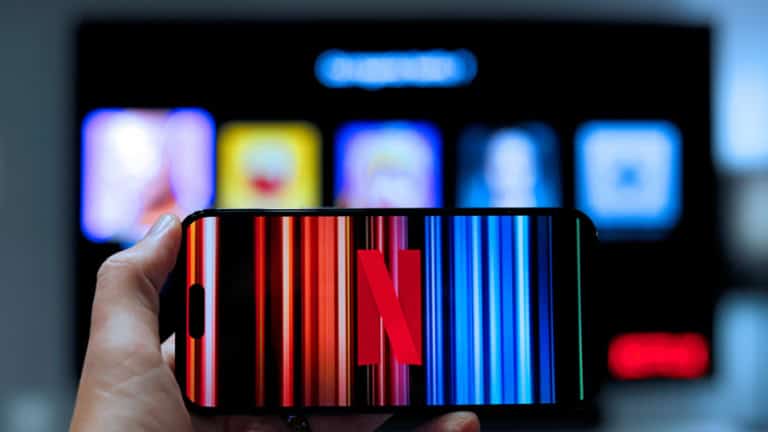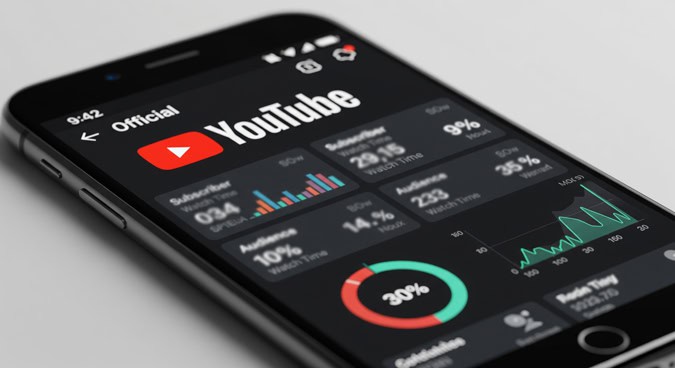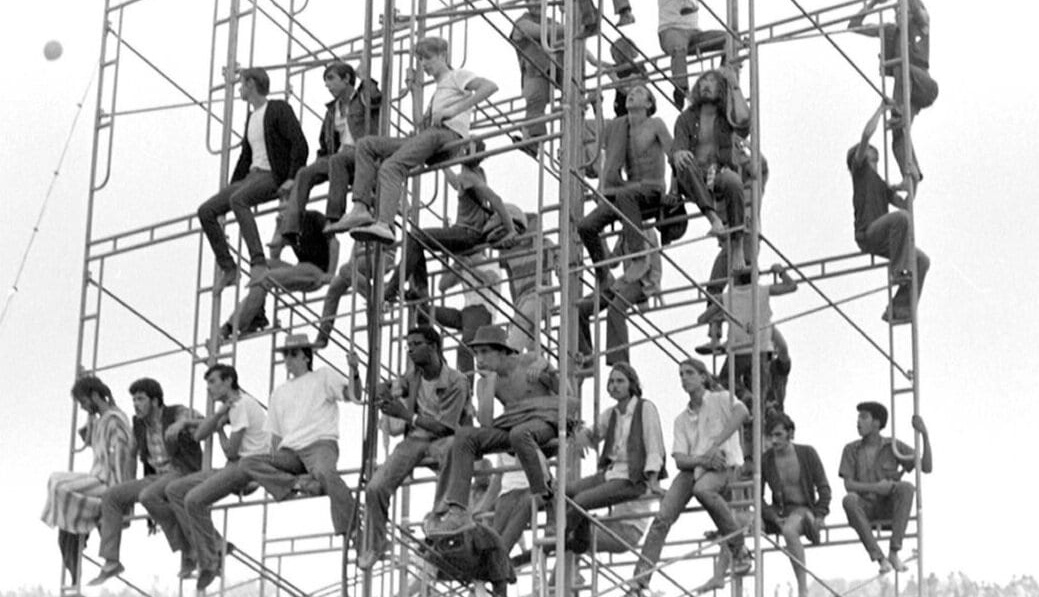
Most people don’t like to stand out. There’s comfort in fitting in with a group, and psychology reinforces this notion. According to Maslow’s Hierarchy of Needs – a theory that explains human motivation – after survival and safety, the No. 1 need for humans is a sense of community.
This is important to marketers, as one of the primary ways that people self-identify is through their purchases. If I buy this, what does it say about me? You may think, “When I buy floss, I couldn’t care less about the brand.” While this may be true, I guarantee that there are people behind floss brands that are trying to add meaning to these products to get in your psyche.
Put simply, a distinctive (or aspirational) brand is an important signal for people who crave belonging – either consciously or subconsciously. It’s an easy way for people to self-select into a group, because people want to assume the characteristics that a brand represents.
Smart brands play into this, and it’s one reason why you see SUVs off-roading in ads despite a tiny percentage of people ever driving an SUV off the pavement.
brands, trust, and loss aversion
Aside from serving people’s innate needs of belonging, brands play into humans’ natural aversion to risk and loss.
People are not rational. This plays out in the investment world,* but it also can be witnessed in day-to-day purchases. Why do people continue to buy Claritin at the pharmacy when store brands like Wal-itin are nearly half the price and contain essentially the same ingredients?
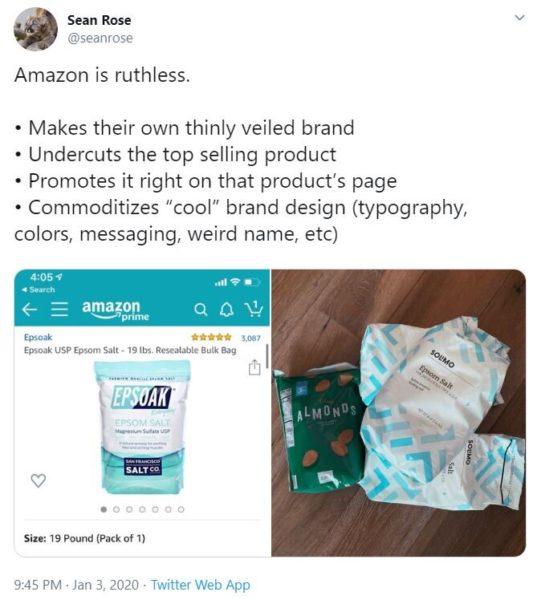
Private-label products are prevalent. This underscores the need for effective branding.
The answer stems from our collective risk profile. When we weigh options, we assign more weight to the downside because we loathe regret. Strong brands build consumer trust by reducing uncertainty and fear. Change is scary, and there’s comfort in the familiar compared to the unknown. You don’t have to wonder as much about the outcome.
Sports provide a good illustration of how humans react to upside vs. downside. Observe the body language of coaches in defeat and compare it to their reactions after wins. Often times, losing coaches are in agony, and winning coaches look more relieved than happy.^
There’s an Austin company called Proof whose software helps lessen the perceived risk around online purchases. What Proof realizes is that users are more likely to convert online when they see other people purchasing. Social proof and mirroring behavior often go hand-in-hand. This is also why ratings & reviews are so important to online purchases.
The phenomenon of fomo
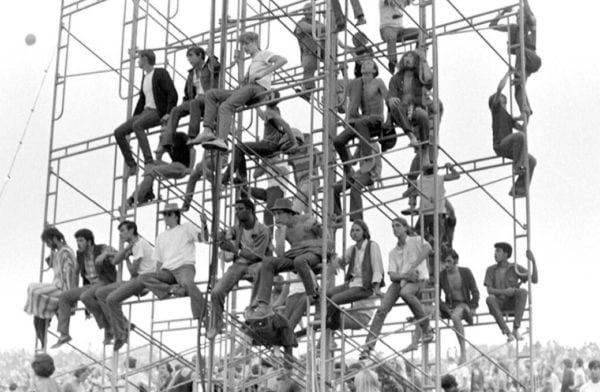
Fans at Woodstock chilling on scaffolding. Credit: Getty Images / Esquire
In the summer of 1969, my dad’s friends invited him to a music festival in Upstate New York, but a summer job prevented him from attending.
Back then, nobody knew that Woodstock was going to be Woodstock. In pre-social media days, the hype machine was not what it is today. Nowadays, concerts (Coachella), movies (Frozen), sporting events (Super Bowl), and conventions (CES) are preceded by months of promotion that create urgency and a fear of missing out (i.e. FOMO).
This is smart marketing, and it relates to the primary reasons why people make purchases, according to Sandler.
- Pain now: No. 1 reason people buy a product/service (i.e. I have allergies, I buy medicine).
- Pain future: If I don’t buy this, I’ll regret it (i.e. I won’t be able to retire without a brokerage account).
- Pleasure now: Immediate gratification (i.e. I’m hungry, I buy a candy bar).
- Pleasure future: The least compelling reason (i.e. I buy airline tickets for a vacation three months from now).
FOMO causes immediate pain and anguish as people scroll through their timelines and see how great other people’s lives are (or what they’ll be missing). Even the shady promoter behind the Fyre Festival capitalized on FOMO – as well as people’s desire for inclusion – before it blew up in his face.

Photo from Austin Screen Printing
Branding is a necessity
Recognizing the human need for belonging, our aversion to risk, and our general anxiety from FOMO is essential for marketers. The barriers to launch products and brands are lower today than they’ve ever been, which results in a lot of noise. This underlines the need for a thoughtful branding strategy (don’t take our word for it – listen to Steve Jobs). The benefits to your bottom line include:
- Higher recall: Strong brands are memorable.
- Pricing power: Strong brands widen their margins by winning on more than price.
- Better SOV: In competitive industries, strong brands create big moats.
- Lower CAC: Strong brands can acquire customers organically.
- Improved loyalty: Strong brands drive repeat purchasers.
- Earned media: The more audience you reach for free, the less dependent you are on advertising.
Read this article to see examples of companies who doubled down on their brands through impactful storytelling that goes far beyond product features and benefits.
*In his book, “Adaptive Markets,” author Andrew W. Lo discusses a study by experimental psychologists Daniel Kahneman and Amos Tversky. In the study, there are two investment opportunities. Alfa Ltd. yields a sure profit of $240k, and Bravo Inc. yields $1 million with 25% probability and $0 with 75% probability. While Bravo’s expected value is $250k (which is $10k higher than Alfa), most people prefer the Alfa investment.
^Watch Villanova men’s basketball coach Jay Wright after his team won the 2016 NCAA Championship on a last-second shot. Completely emotionless – at least outwardly.

